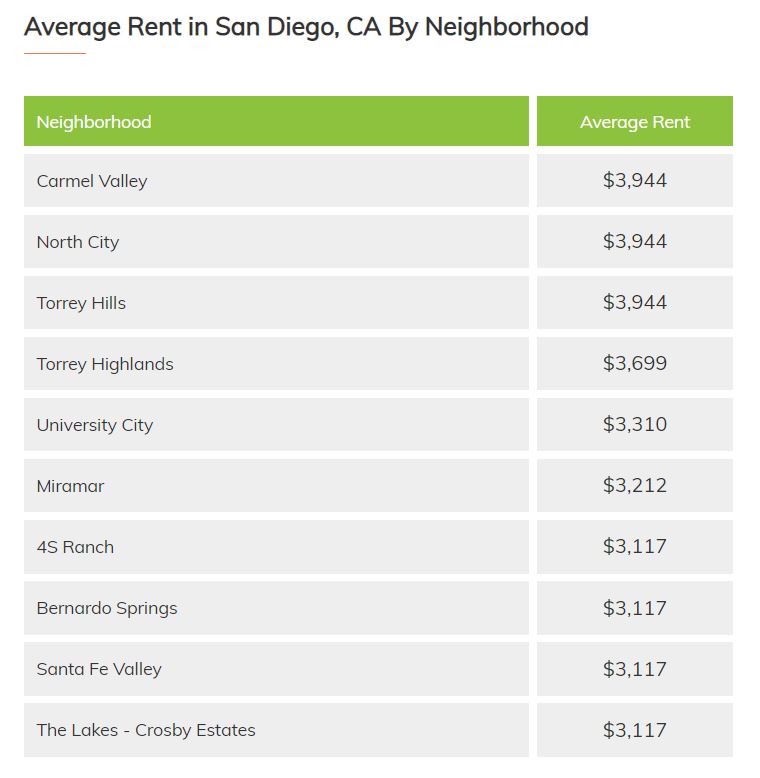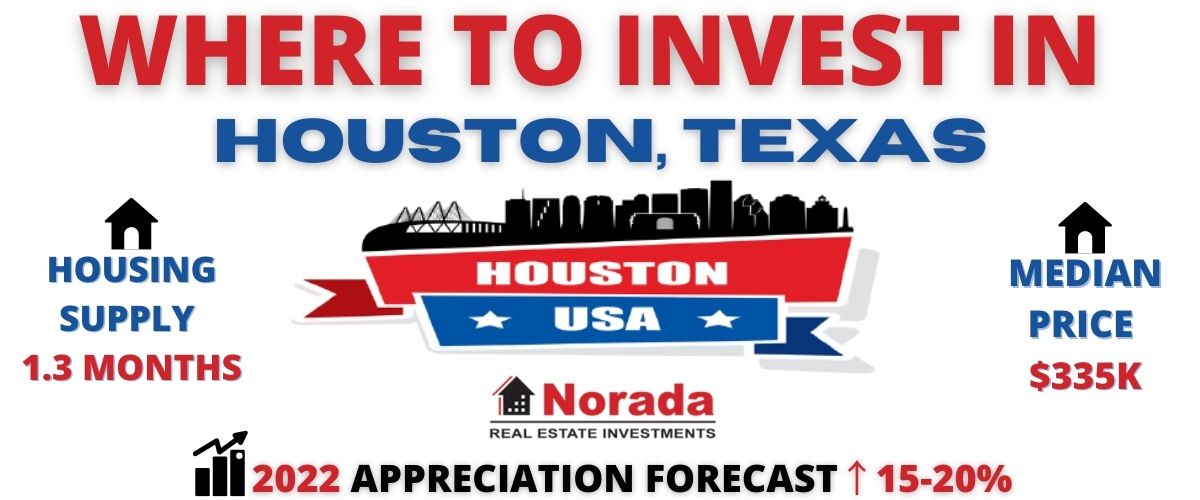 The Phoenix housing market has been on fire, driven by strong economic growth, pandemic-fueled demand, and a surge in investment activity that far surpasses the levels during the last housing boom. Once considered to be ground zero of the housing market collapse, Phoenix has orchestrated a dramatic turnaround in recent years and has considerably outpaced other markets such as Las Vegas, and Miami.
The Phoenix housing market has been on fire, driven by strong economic growth, pandemic-fueled demand, and a surge in investment activity that far surpasses the levels during the last housing boom. Once considered to be ground zero of the housing market collapse, Phoenix has orchestrated a dramatic turnaround in recent years and has considerably outpaced other markets such as Las Vegas, and Miami.
According to CoreLogic HPI, the large cities continued to experience price increases in June, with Phoenix leading the way at 26.1% year over year. Among large metro areas, three recorded monthly price gains of 20% or higher in June: Phoenix (26.1%), Las Vegas (24.3%), Miami (25.3%), and San Diego (20.9%).
Phoenix was one of the hardest hit housing markets during the bust, with home values declining 57% from 2006 through mid-2011. But since the middle of 2011, the housing conditions in Phoenix have markedly improved and prices have risen continuously. The Phoenix real estate market is the top-performing, not only in the Arizona real estate market but nationwide as well.
According to NeighborhoodScout.com as their data also shows that in the past ten years, Phoenix real estate appreciated by 265.52%. This amounts to an annual real estate appreciation of nearly 13.84%, which puts Phoenix in the top 10% nationally for real estate appreciation. During the latest twelve months, Phoenix's appreciation rate has been 26.59%, which is higher than appreciation rates in 96.53% of the cities and towns in the nation. In the latest quarter, the appreciation rate has been 3.48%, which annualizes to a rate of 14.68%.
According to recent Realtor.com research, the Phoenix housing market may soon shift to one that rewards buyers. According to the report, Arizona's capital city ranks third among metro regions with the highest rates of home price decline. In the Valley, 29.5% of listings have had their prices reduced. The current median list price for a property is $548,500. Previously, Phoenix was listed as the metro area selling the most homes in the country.
Reno, Nevada ranks #1 on the list, with a slightly greater percentage of 32.6% of listings receiving price reductions. Austin came in second with 32.4% of listings experiencing price reductions, while Anchorage, Alaska followed in fourth with 28.5%. Following Anchorage are Boise, Idaho, Ogden, Utah, Sacramento, California, Colorado Springs, Colorado, Evansville, Indiana, and Medford, Oregon, rounding out the top ten.
According to another report by Zillow, the average home value in metro Phoenix fell 2.8% from June to July, to $470,800. Despite the July drop, Phoenix-area homes are still valued about 70% more than they were in July 2019. And, as a result of rising prices and interest rates, the average mortgage payment has more than doubled in that time.
In Phoenix, property values are up 8% just this year. The Phoenix real estate market is cooling off. The change should make it easier for prospective homebuyers who can afford to enter the market. According to Zillow, Valley inventory climbed by 11.3% from June to July, while prices decreased on 28.8% of houses listed. There are more available homes, and buyers can negotiate lower costs.
Inventory is still quite low overall. Low inventory tends to create more competition among buyers, which has helped to increase prices. The reason we’re seeing inventory increase right now is that people aren’t buying homes, so homes are not selling and they’re staying on the market longer. However, fresh inventory is not entering the market in general, and we have all of these folks who want to buy. So, if those prices fall to a level that consumers can afford, you'll see people buying, and the prices will begin to rise again, putting pressure on the market.
After losing approximately 230,000 jobs from 2008 to late 2010 (approximately 12% of its workforce), the Phoenix metro has experienced 17 consecutive months of positive year-over-year job growth, with February's growth climbing to a 2.1% annual growth rate. The unemployment rate has also fallen sharply over the last year, dropping to a 3-year low of 7.8% from 8.8% in February of 2011. The local economy has had a boost from several big employers like Amazon.com and Intel who have begun hiring again. Other metros with large amounts of housing distress like Las Vegas and Riverside-San Bernardino lack the economic diversity that Phoenix has, resulting in a far more restrained economic recovery.
Phoenix is a seasonal market for “snowbirds” who flock to the Valley during the mild winter months and then return to their primary residence during the harsh summer season. This past winter has been the “perfect storm” for home sales in Phoenix with historically low-interest rates. The true test of Phoenix's housing market strength will be in the second half of 2022 amidst rising inflation and high borrowing costs. Will the Phoenix housing prices decline or not?
The above housing and economic considerations have made Phoenix one of the hottest housing markets in the country and have gone a long way in boosting demand for new homes in the area. However, we can't help but wonder what investors will do with their properties when they sense the next downturn has arrived. Stay tuned!
[Click here to see our current list of Phoenix investment property.]


 As a general rule, 5 to 6 months of inventory is considered to be a normal or balanced market. Over 6 months of inventory and we have a buyer’s market. If it is less than 5 months and we have a seller’s market. The smaller the available inventory, the tighter the market is. Keep in mind that these are simply guidelines and will differ from market to market.
As a general rule, 5 to 6 months of inventory is considered to be a normal or balanced market. Over 6 months of inventory and we have a buyer’s market. If it is less than 5 months and we have a seller’s market. The smaller the available inventory, the tighter the market is. Keep in mind that these are simply guidelines and will differ from market to market.

